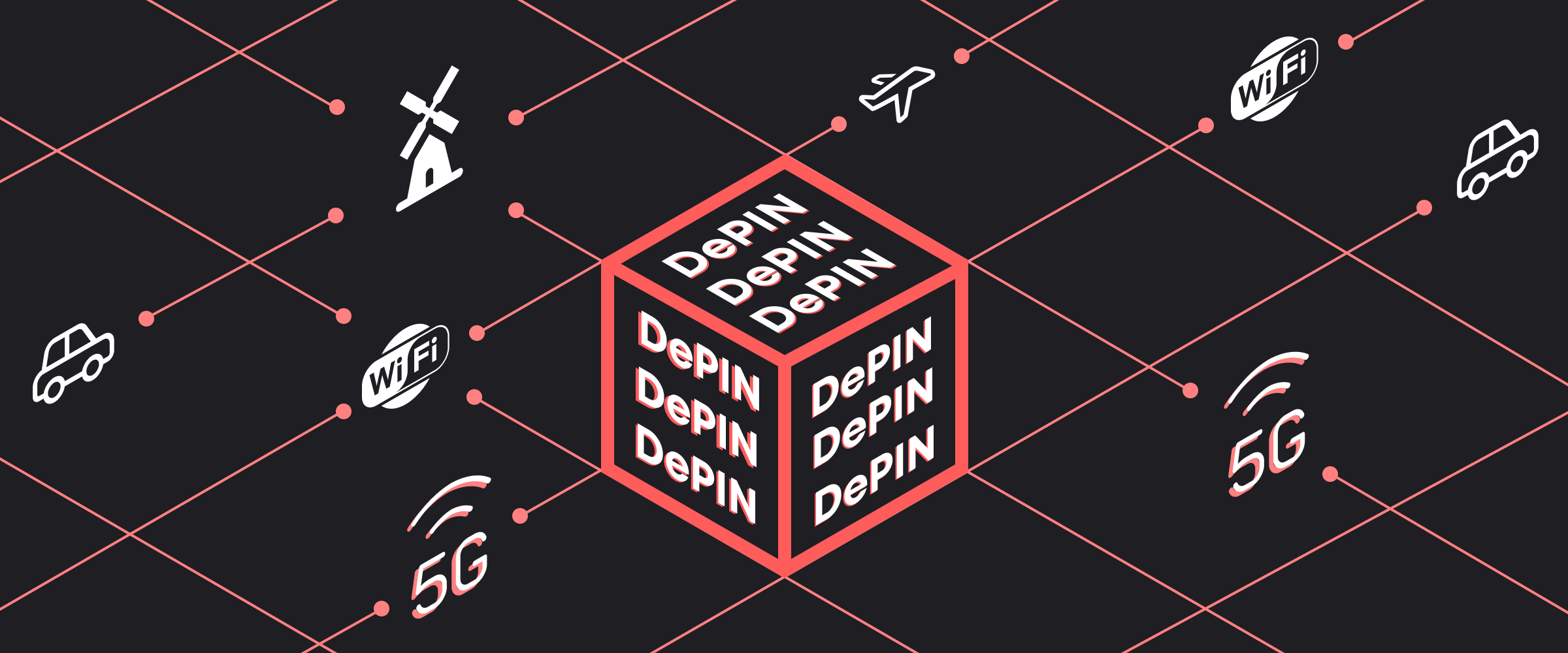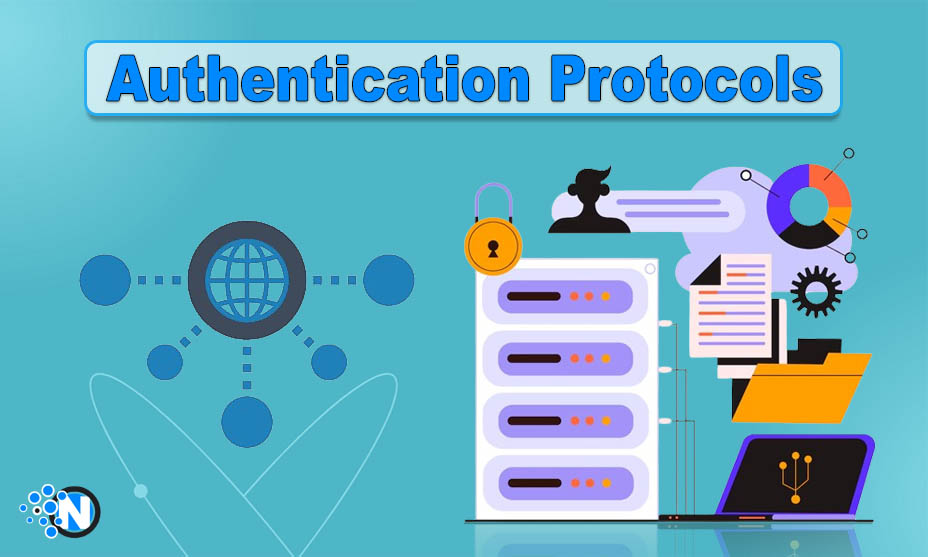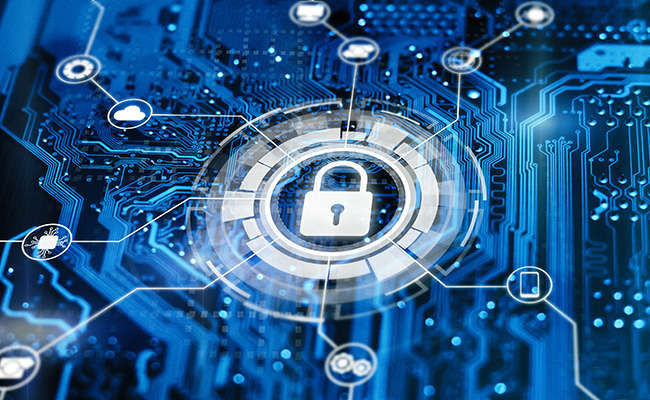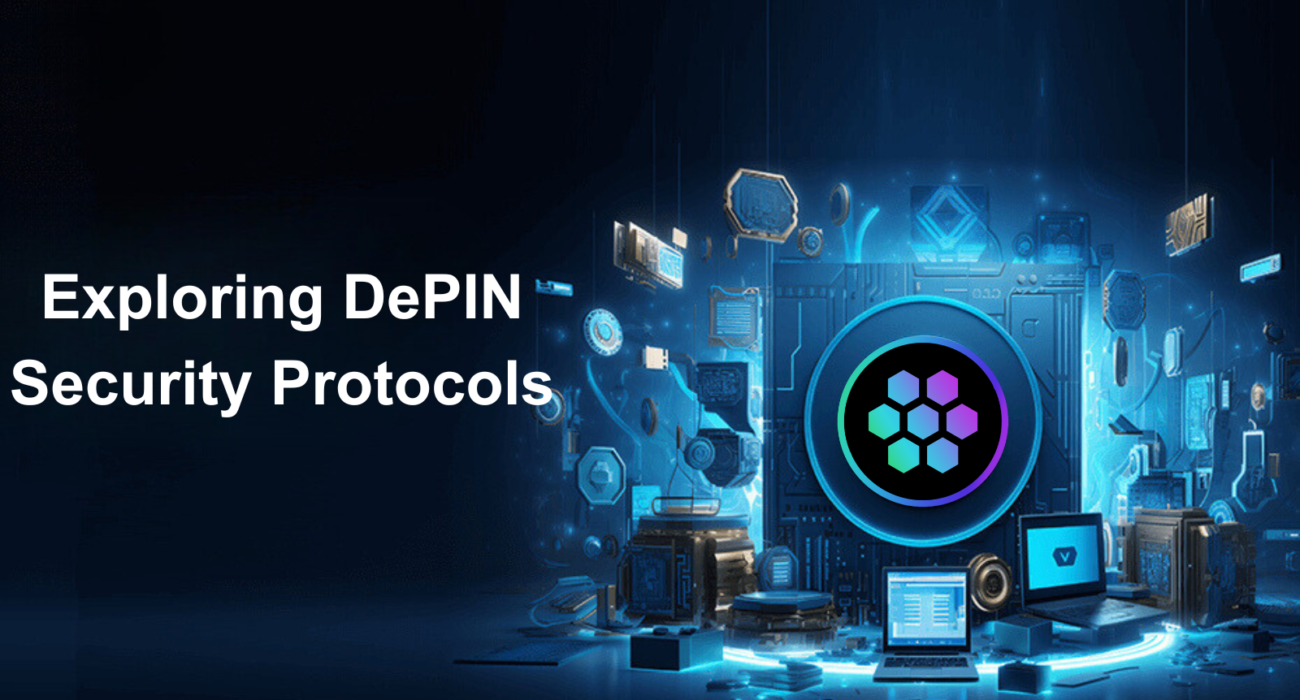In the age of digital transformation, the need for secure and efficient decentralized systems has never been more critical. One such system is the Decentralized Physical Infrastructure Network (DePIN), which integrates blockchain technology to provide a robust framework for various applications. However, as with any decentralized network, security becomes paramount. In this blog, we will be exploring DePIN security protocols, delving into the mechanisms that ensure user data integrity, privacy, and overall security.
Understanding DePIN
Before we dive into the security aspects, let’s briefly understand what DePIN is.
DePIN is a network that utilizes decentralized technologies to manage and coordinate physical infrastructure. It operates on a peer-to-peer model, where various stakeholders contribute resources, making the system more resilient and efficient. The integration of blockchain technology allows for transparency and immutability, making it an attractive option for industries ranging from logistics to energy.
Key Components and Architecture of DePIN
DePIN consists of several key components, including nodes, smart contracts, and decentralized applications (dApps). Each of these plays a vital role in ensuring the network’s functionality and security. By distributing control across multiple nodes, DePIN eliminates single points of failure, making it less susceptible to attacks.
The Role of Blockchain Technology in DePIN
Blockchain serves as the backbone of DePIN, providing a secure and transparent ledger for transactions. Its decentralized nature ensures that no single entity has control over the entire network, enhancing security. By utilizing cryptographic techniques, blockchain helps in safeguarding data and maintaining the integrity of the network.
Importance of Security in DePIN
The significance of security in DePIN cannot be overstated. As these networks grow, so do the potential vulnerabilities and risks associated with them.
Overview of Security Challenges in Decentralized Networks
Decentralized networks face unique security challenges, such as Sybil attacks, data breaches, and unauthorized access. The very nature of decentralization means that traditional security measures may not be sufficient.
Risks Associated with Inadequate Security Measures
Without robust security protocols, users and organizations are exposed to various risks, including financial loss and reputational damage. A breach can undermine the trust users place in the system, leading to a decline in participation and investment.
The Need for Robust Protocols to Protect User Data and Assets
Given the sensitive nature of the data handled within DePIN, it is essential to implement strong security measures. By exploring DePIN security protocols, we can understand how these systems protect users and maintain the integrity of the network.
Key Security Protocols in DePIN
Now, let’s delve into the core security protocols employed in DePIN. Each of these protocols plays a crucial role in safeguarding the network.
4.1 Cryptographic Techniques
One of the fundamental aspects of exploring DePIN security protocols is the use of cryptographic techniques.
Explanation of Encryption and Hashing Methods
Encryption is the process of converting plaintext data into a coded format, making it unreadable to unauthorized users. Hashing, on the other hand, transforms data into a fixed-size string of characters, which cannot be reversed to retrieve the original data. These techniques work together to protect sensitive information and ensure that only authorized users can access it.
How These Techniques Secure Data and Communications
By implementing encryption and hashing, DePIN ensures that any data transmitted within the network remains secure. Even if a malicious actor intercepts the data, they will be unable to decipher its contents, thereby protecting user privacy and maintaining the integrity of the network.
4.2 Authentication Protocols
Another critical component of exploring DePIN security protocols is the implementation of authentication protocols.
Overview of Identity Verification Processes
Authentication protocols ensure that only legitimate users can access the network. This involves verifying the identity of users through various methods, including passwords, biometric scans, and security tokens.
Multi-Factor Authentication (MFA) and Its Significance
Multi-factor authentication adds an extra layer of security by requiring users to provide two or more verification factors. This greatly reduces the likelihood of unauthorized access, making it a vital aspect of DePIN security.
4.3 Consensus Mechanisms
Consensus mechanisms are essential for maintaining trust and integrity within the DePIN network.
Types of Consensus Algorithms Used in DePIN
Several consensus algorithms, such as Proof of Work (PoW) and Proof of Stake (PoS), are commonly used in DePIN. These algorithms help validate transactions and ensure that all participants agree on the state of the network.
Their Role in Ensuring Data Integrity and Trust
By employing these mechanisms, DePIN can maintain a secure and trustworthy environment. Participants in the network can be confident that the data they receive is accurate and reliable, thus fostering trust among users.
4.4 Smart Contracts
Smart contracts are self-executing contracts with the terms of the agreement directly written into code. They play a significant role in exploring DePIN security protocols.
Functionality of Smart Contracts in DePIN
Smart contracts automate processes within the network, allowing for seamless and secure transactions. They eliminate the need for intermediaries, reducing the risk of fraud and error.
How They Enforce Security Rules and Automate Processes
By embedding security rules within the smart contract code, DePIN ensures compliance and transparency. This automation reduces the risk of human error and enhances the overall security of the network.
By investing in SRP Token, you are not only securing your digital assets but also contributing to the advancement of cutting-edge security protocols within the DePIN ecosystem.
Real-World Applications of DePIN Security Protocols
To illustrate the importance of exploring DePIN security protocols, let’s look at some real-world applications.
Case Studies of Successful Implementations
Numerous industries are already benefiting from DePIN security protocols. For instance, in the logistics sector, companies have implemented DePIN to track shipments securely. This not only ensures transparency but also protects sensitive data related to shipments.
Examples of Industries Benefiting from DePIN Security Measures
From supply chain management to energy distribution, the versatility of DePIN security protocols is evident. Industries that require secure and efficient data management are increasingly adopting these protocols to enhance their operations.
Lessons Learned from These Applications
These real-world applications provide valuable insights into the effectiveness of DePIN security protocols. They demonstrate the need for continuous improvement and adaptation to evolving threats.
Challenges and Limitations
While exploring DePIN security protocols reveals their strengths, it is essential to acknowledge the challenges and limitations as well.
Common Vulnerabilities Within DePIN Security Protocols
Despite the robust security measures, vulnerabilities still exist. These may include flaws in the code of smart contracts or weaknesses in the underlying blockchain technology.
Technical Challenges in Implementing Effective Security Measures
Implementing security protocols can be complex, requiring significant technical expertise. Organizations may face challenges in adopting and integrating these protocols into their existing systems.
Balancing Usability and Security
Finding the right balance between usability and security is crucial. While robust security measures are necessary, they should not hinder user experience. Striking this balance is an ongoing challenge for DePIN developers.
Future Trends in DePIN Security Protocols
As technology continues to evolve, so too will the security protocols used in DePIN.
Emerging Technologies Enhancing DePIN Security
Innovations such as artificial intelligence (AI) and machine learning (ML) are poised to play a significant role in enhancing DePIN security. These technologies can analyze vast amounts of data to identify potential threats and vulnerabilities in real-time.
Predictions for the Evolution of Security Protocols in Decentralized Networks
The future of exploring DePIN security protocols will likely involve increased collaboration among stakeholders. As the landscape of cyber threats continues to evolve, the need for adaptive and proactive security measures will become more pressing.
The Role of Community and Developer Engagement in Improving Security
The DePIN community plays a vital role in enhancing security protocols. By fostering collaboration among developers and users, the community can identify weaknesses and work together to create robust solutions.
Conclusion
In conclusion, exploring DePIN security protocols reveals the critical importance of safeguarding decentralized networks. As the adoption of DePIN grows, so does the need for effective security measures to protect user data and maintain trust. By implementing strong security protocols, the DePIN network can ensure its resilience against emerging threats, paving the way for a secure and efficient future.
As we continue to navigate the complexities of decentralized systems, it is essential to stay informed and engaged in the ongoing development of DePIN security protocols. The future of our digital landscape depends on it.

 China
China Russia
Russia India
India









